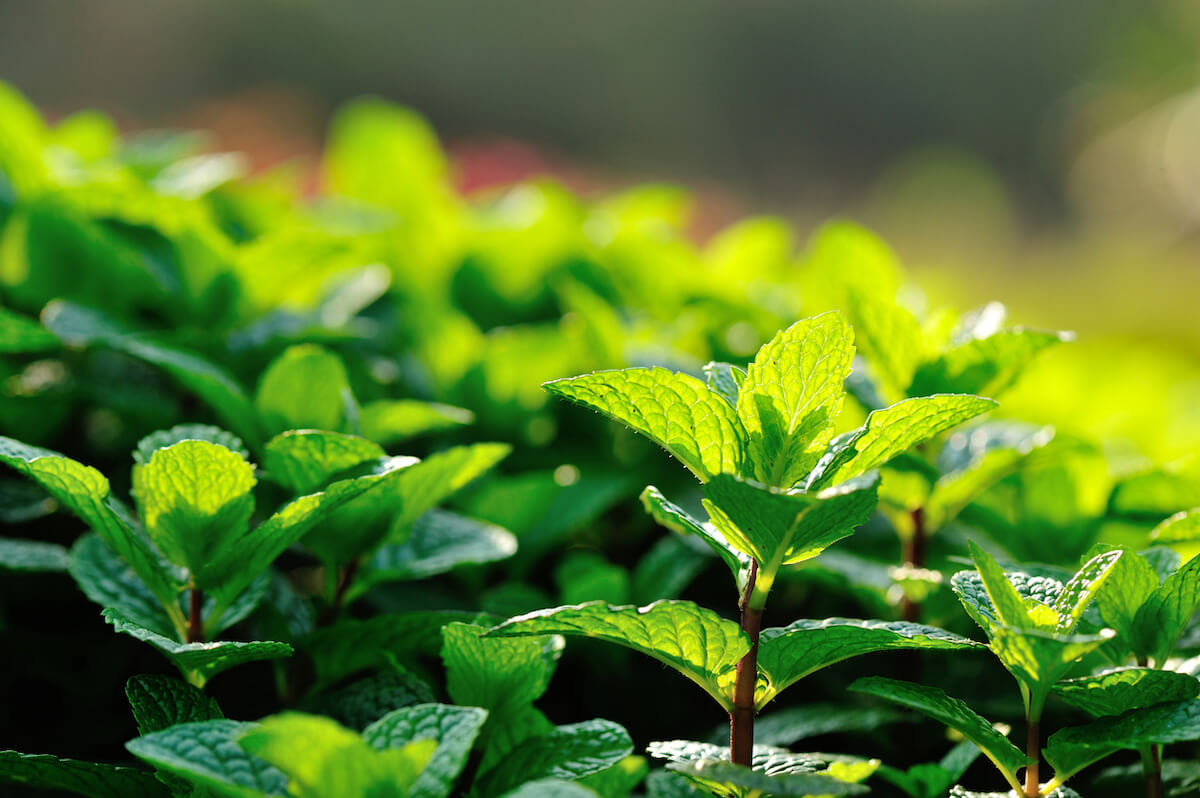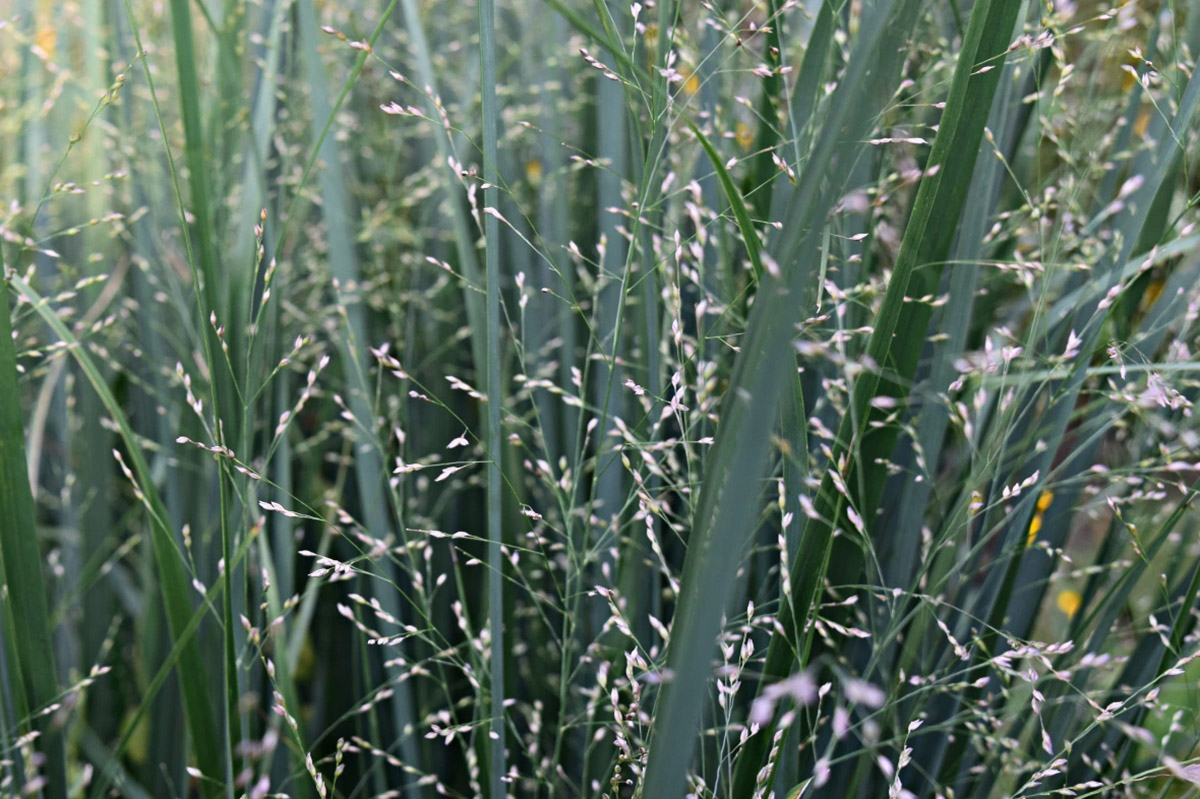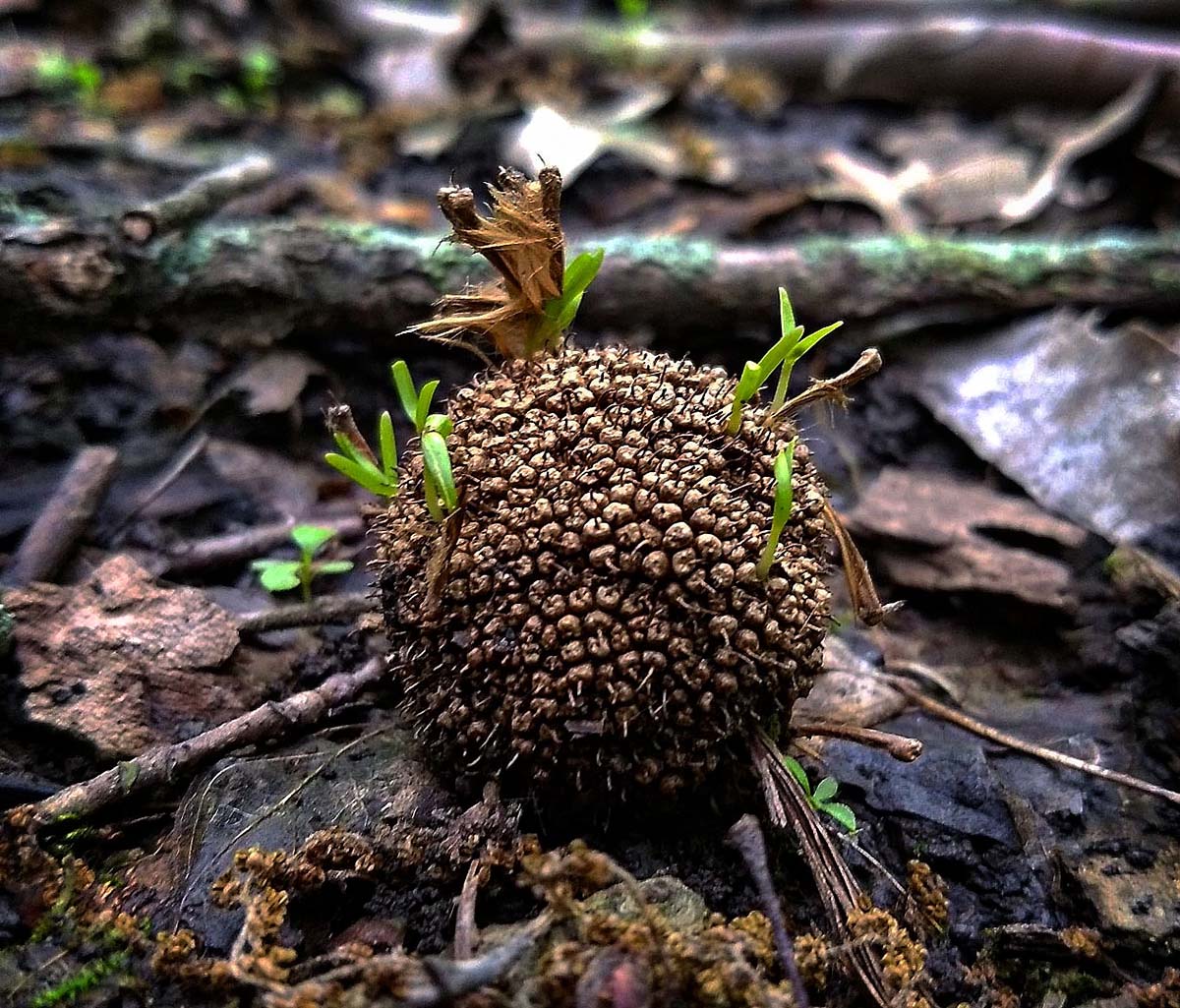Home>Garden Essentials>When To Germinate Outdoor Grow


Garden Essentials
When To Germinate Outdoor Grow
Modified: March 16, 2024
Learn when to germinate your outdoor garden for optimal growth and success. Find expert tips and advice for starting your garden at the right time and achieving incredible results.
(Many of the links in this article redirect to a specific reviewed product. Your purchase of these products through affiliate links helps to generate commission for Storables.com, at no extra cost. Learn more)
Introduction
Gardening is a wonderful and rewarding hobby that allows you to connect with nature, beautify your space, and grow your own food. If you’re considering starting an outdoor garden, one of the first steps is to germinate your seeds. Germination is the process by which a seed develops into a new plant, and doing it correctly is essential for a successful garden.
When it comes to germinating seeds for outdoor growing, there are several factors to consider. Factors such as climate, frost dates, sunlight exposure, and soil conditions play a crucial role in determining when and how to germinate your seeds.
In this article, we will discuss the factors to consider when deciding when to germinate your seeds, the different germination methods for outdoor growing, timing considerations, and pest prevention and control measures. By the end, you’ll have a clear understanding of when and how to germinate your seeds for a thriving outdoor garden.
Key Takeaways:
- Timing is crucial for outdoor seed germination. Consider climate, frost dates, and sunlight exposure for a thriving garden.
- Use organic pest control methods to protect your outdoor garden. Identify common pests and employ handpicking, beneficial insects, and companion planting.
Read more: When Crabgrass Germinate
Factors to Consider
Before germinating your seeds for outdoor growing, it’s important to take into account several factors that will greatly influence the success of your garden. Let’s explore these factors in detail:
Climate
The climate of your region has a significant impact on the types of plants that can thrive in your garden. Understanding your local climate will help you choose the right plants and determine the optimal time for germinating your seeds. Consider factors such as temperature, precipitation, and humidity levels when planning your outdoor garden.
Frost Dates
Frost dates are important to know because they indicate the last and first expected frost of the season. Frost can be detrimental to young plants, so it’s crucial to avoid germinating your seeds too early, when the risk of frost is still high. Consult a local gardening guide or use online resources to determine the average frost dates for your area.
Sunlight Exposure
Most plants require a certain amount of sunlight to grow and thrive. Assess the sunlight exposure in your garden area to determine which plants will be suitable. Full-sun plants need at least six hours of direct sunlight per day, while shade-loving plants can tolerate less sunlight. Consider the positioning of buildings, trees, and other structures that may create shade and affect the amount of sunlight your garden receives.
Read more: How To Use A Grow Light To Germinate
Soil Conditions
The quality and composition of the soil in your garden play a vital role in the success of your plants. Conduct a soil test to assess its pH level and nutrient content. Different plants have different soil requirements, so knowing the soil conditions will help you choose appropriate plants and make any necessary amendments prior to germination.
By considering these factors, you can make informed decisions regarding the timing and method of germinating your seeds. Understanding your climate, frost dates, sunlight exposure, and soil conditions will set the foundation for a thriving outdoor garden.
Germination Methods for Outdoor Growing
There are several methods you can use to germinate your seeds for outdoor growing. Each method has its own advantages and is suitable for different types of plants and garden setups. Let’s explore three common germination methods:
Direct Sowing
Direct sowing is a simple and straightforward method where you sow the seeds directly into the soil. This method works well for larger seeds and plants that are more resilient to environmental conditions. Prepare the soil by removing any weeds or debris and loosening it to allow proper root growth. Follow the seed packet instructions for the recommended planting depth and spacing. Water the area gently after sowing the seeds and keep the soil consistently moist until germination occurs.
Pre-soaking Seeds
Pre-soaking seeds, especially those with hard coatings, can help speed up the germination process. This method is beneficial for seeds that have a dormancy period and may have difficulty germinating if planted directly into the ground. Place the seeds in a container filled with warm water and let them soak for a specified period of time, usually a few hours to overnight. After soaking, plant the seeds according to the recommended depth and spacing, and keep the soil adequately moist.
Read more: When To Plant Germinated Seeds
Seedling Trays
Using seedling trays is an effective way to provide optimal growing conditions for your seeds. Fill the trays with a good quality, well-draining potting mix, and plant the seeds according to the recommended depth. Place the trays in a warm, well-lit area, such as a greenhouse or sunny windowsill. Keep the soil consistently moist, but not waterlogged, and provide adequate ventilation to prevent dampening off or fungal diseases. Once the seedlings have grown to a suitable size, they can be transplanted into the outdoor garden.
Choosing the right germination method depends on the type of plants you’re growing, your garden space, and personal preference. Experiment with different methods to find what works best for you and your outdoor garden.
Timing for Germination
The timing of germination plays a crucial role in the success of your outdoor garden. Different plants have different preferences for when they should be germinated, taking into account factors such as temperature, daylight hours, and growth cycles. Let’s explore three common timing options for germination:
Spring Germination
Spring is a popular time for germinating seeds as the soil begins to warm up, and the risk of frost decreases. Many vegetables and flowers thrive when planted in the spring, including tomatoes, peppers, lettuce, zinnias, and marigolds. Check the specific germination requirements for each plant variety as some may have optimal temperature ranges for successful growth. It’s important to follow the recommended planting dates for your specific climate and region to ensure the best results.
Early Summer Germination
Some plants, particularly those with longer growing seasons, may benefit from early summer germination. This timing allows the plants to take advantage of the warmer temperatures and longer daylight hours. Plants that are well-suited for early summer germination include beans, cucumbers, squash, and sunflowers. Ensure that the soil has warmed up sufficiently and all risk of frost has passed before germinating your seeds during this time.
Read more: When Will Big Bluestem Germinate
Late Summer Germination
For certain plants that prefer cooler temperatures, late summer germination can be a suitable option. This timing allows the plants to establish themselves before the winter months and ensures they will be ready to thrive once spring arrives. Vegetables such as spinach, kale, radishes, and carrots are good candidates for late summer germination. It’s important to plan accordingly and consider the days to maturity for these plants, as you want to ensure a harvest before the first frost of the season.
It’s important to note that specific planting dates and germination timing may vary depending on your region and climate. It’s always a good idea to consult a local gardening guide or use online resources that provide information tailored to your specific area. By understanding the optimal timing for germination, you can maximize the growth potential of your plants and enjoy a bountiful outdoor garden.
Pest Prevention and Control
When cultivating an outdoor garden, it’s important to be aware of potential pests that can damage or destroy your plants. Identifying common pests and implementing effective pest control methods is essential for maintaining a healthy garden. Let’s explore these aspects in more detail:
Identify Common Pests
Understanding the pests that are prevalent in your area will help you be proactive in preventing and controlling their presence in your garden. Some common garden pests include aphids, slugs and snails, caterpillars, beetles, and rodents. Regularly inspect your plants for signs of damage, such as chewed leaves, holes, or wilting. Look for evidence of pests, such as eggs, larvae, or adult insects. Identifying the specific pests will allow you to employ targeted pest control methods.
Organic Pest Control Methods
Using organic pest control methods is not only better for the environment but also for the health of your plants, yourself, and beneficial insects. Here are some effective organic pest control methods:
- Handpicking: For larger pests like caterpillars or beetles, manually removing them from plants can be an effective method. Drop pests into a bucket of soapy water to ensure they don’t return.
- Beneficial Insects: Introduce beneficial insects like ladybugs, lacewings, or praying mantises to your garden. They prey on common pests and can help naturally control their population.
- Companion Planting: Planting certain companion plants can help repel or deter pests. For example, marigolds repel aphids, while planting dill or parsley can attract beneficial insects like ladybugs.
- Organic Sprays and Solutions: Homemade or commercially available organic sprays can effectively target pests. Examples include neem oil spray for aphids or a garlic and chili pepper spray for deterring chewing insects.
- Physical Barriers: Use physical barriers like row covers or netting to protect your plants from pests like birds, rabbits, or larger insects.
Regularly monitor your garden for signs of pests and promptly take action to prevent infestations from spreading. Remember, prevention is key, so adopting good gardening practices like proper watering, maintaining healthy soil, and providing adequate plant spacing can also help deter pests.
By identifying common pests and implementing organic pest control methods, you can protect your plants and ensure a thriving outdoor garden without the need for harmful chemicals.
Read more: When Do Tulips Germinate
Conclusion
Germinating seeds for outdoor growing is an exciting and essential step in creating a successful garden. By considering factors such as climate, frost dates, sunlight exposure, and soil conditions, you can establish the ideal environment for your plants to thrive. Understanding the different germination methods and timing options will help you make informed decisions and maximize the growth potential of your garden.
Direct sowing, pre-soaking seeds, and using seedling trays are all effective germination methods for outdoor growing, each with its own benefits and suitability for various plants and garden setups. Experimenting with different methods will help you find what works best for your specific needs and preferences.
Choosing the right timing for germination is crucial for the success of your outdoor garden. Spring germination is ideal for a wide range of plants that thrive in warmer temperatures, while early summer germination is suitable for plants with longer growing seasons. Late summer germination works well for cooler temperature-loving plants that can establish themselves before winter.
When it comes to pest prevention and control, identifying common pests and implementing organic pest control methods is key. Regularly inspecting your plants, handpicking larger pests, using beneficial insects, companion planting, and using organic sprays or physical barriers are effective ways to protect your plants without the use of harmful chemicals.
In conclusion, germinating seeds for outdoor growing requires careful consideration of various factors, such as climate, timing, and pest prevention. By implementing the knowledge and tips provided in this article, you’ll be well-equipped to create a thriving and beautiful outdoor garden that will bring you joy and satisfaction for seasons to come.
Frequently Asked Questions about When To Germinate Outdoor Grow
Was this page helpful?
At Storables.com, we guarantee accurate and reliable information. Our content, validated by Expert Board Contributors, is crafted following stringent Editorial Policies. We're committed to providing you with well-researched, expert-backed insights for all your informational needs.












0 thoughts on “When To Germinate Outdoor Grow”